Neues Museum by David Chipperfield in Berlin
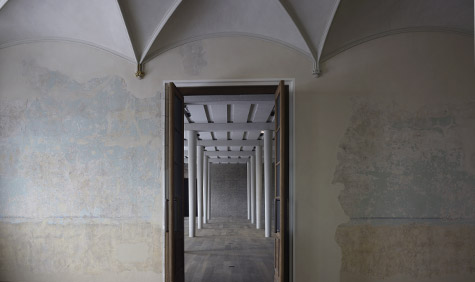
It has to be the most talked about refurb for years: British architect David Chipperfield’s adaptation of the Neues Museum in Berlin is due to reopen to the public this October after spending nearly 70 years in a state of dereliction and decay.
When David Chipperfield won the commission to kiss the museum back into life in 1997 (it was a close call between him and Frank Gehry) he was amazed at what he found: ‘This building somehow escaped history’, he says, ‘all the other museumsinsel buildings had been repaired and later re-restored – all had lost much of their original material in post-war renovation. This was the only building left with original fragments’.
Chipperfield’s task was one of ‘complementary restoration’. The architect and his teams of assistants, experts and restorers tackled the project one room at a time. In each instance it was decided what to save, what to restore and what to replace with completely modern, yet neutral elements –the pillars in one case and the ceiling in another.
Thus bullet hole-ridden plaster capitals gave way to sleek bronze panels, raw brickwork, or smooth stucco lustro. This is not an entirely new form of approach, there are other highly successful examples of restoration in Berlin that allow old buildings to bear witness to their history such but what makes Chipperfield’s museum breathtaking is the materiality of the architecture: the physical interfaces, the beautiful detailing and the loving, respectful (yet never pious) care and quality at every level with which the work has been executed.
‘We have been criticised for memorialising damage’ says Chipperfield, ‘but in fact we tried to push it as far back as possible – to compete with the damage where in some cases it was only structure that held some rooms together’.
It is not the strength of the old Stüler architecture or the weight history, but Chipperfield’s new main staircase that ties the whole building together: He has replaced the original with a kind of minimalist version of what was once there – reinterpreting it in a reduced language. It is pale and smooth and has extraordinary power in its lack of ornament.
The Neues museum has been almost universally praised as a resoundingly successful building. It cost 200 million Euros to complete– a remarkable 40 million under budget. Not surprisingly, Chipperfield Architects are very much in demand in Germany at the moment. A refreshing form of minimal restraint seems to be gaining ground on brash trophy architecture, in the museum sector at least, and Chipperfield has set a standard with this building that is going to be hard to match.
Wallpaper* Newsletter
Receive our daily digest of inspiration, escapism and design stories from around the world direct to your inbox.
-
 Marylebone restaurant Nina turns up the volume on Italian dining
Marylebone restaurant Nina turns up the volume on Italian diningAt Nina, don’t expect a view of the Amalfi Coast. Do expect pasta, leopard print and industrial chic
By Sofia de la Cruz
-
 Tour the wonderful homes of ‘Casa Mexicana’, an ode to residential architecture in Mexico
Tour the wonderful homes of ‘Casa Mexicana’, an ode to residential architecture in Mexico‘Casa Mexicana’ is a new book celebrating the country’s residential architecture, highlighting its influence across the world
By Ellie Stathaki
-
 Jonathan Anderson is heading to Dior Men
Jonathan Anderson is heading to Dior MenAfter months of speculation, it has been confirmed this morning that Jonathan Anderson, who left Loewe earlier this year, is the successor to Kim Jones at Dior Men
By Jack Moss
-
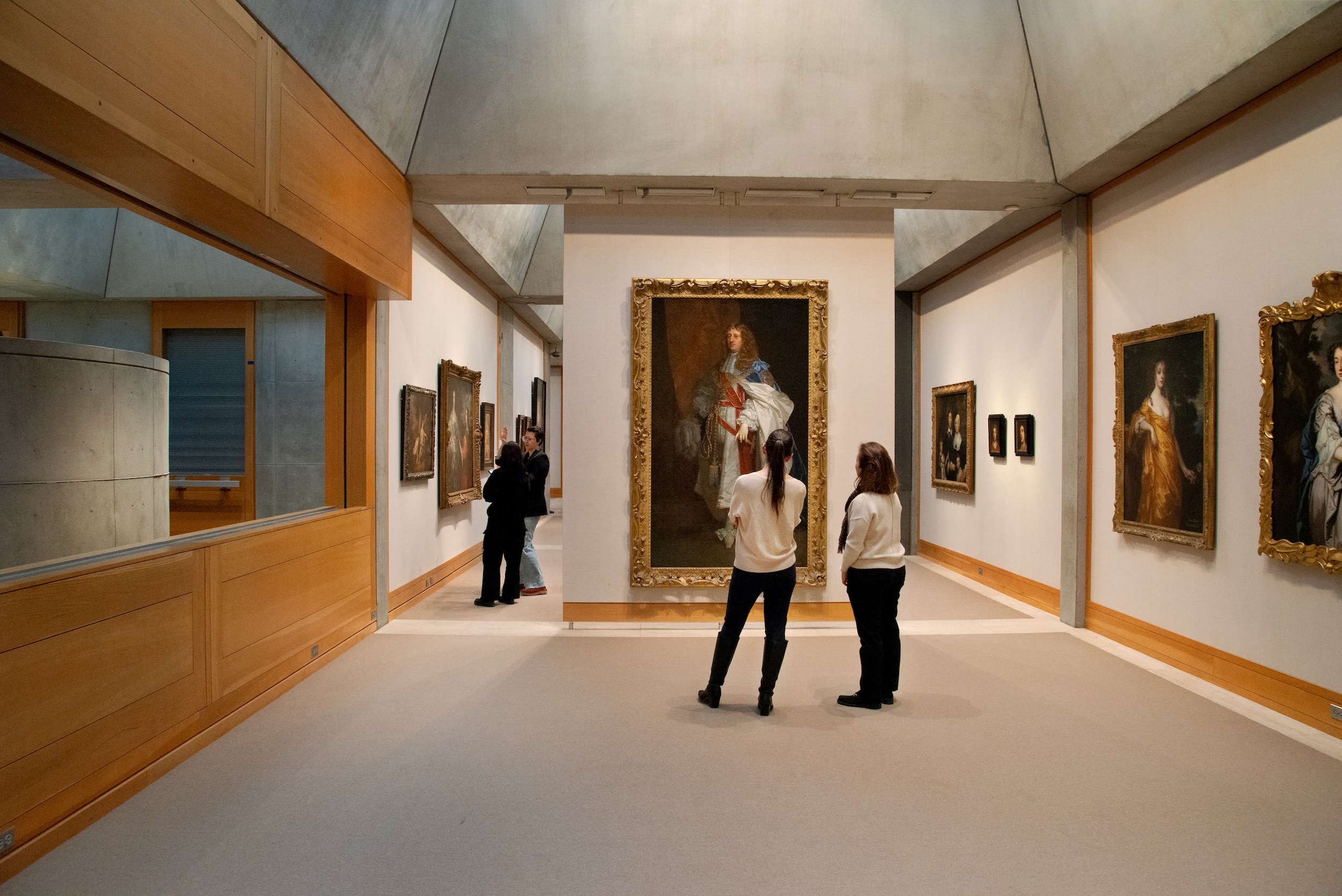 The Yale Center for British Art, Louis Kahn’s final project, glows anew after a two-year closure
The Yale Center for British Art, Louis Kahn’s final project, glows anew after a two-year closureAfter years of restoration, a modernist jewel and a treasure trove of British artwork can be seen in a whole new light
By Anna Fixsen
-
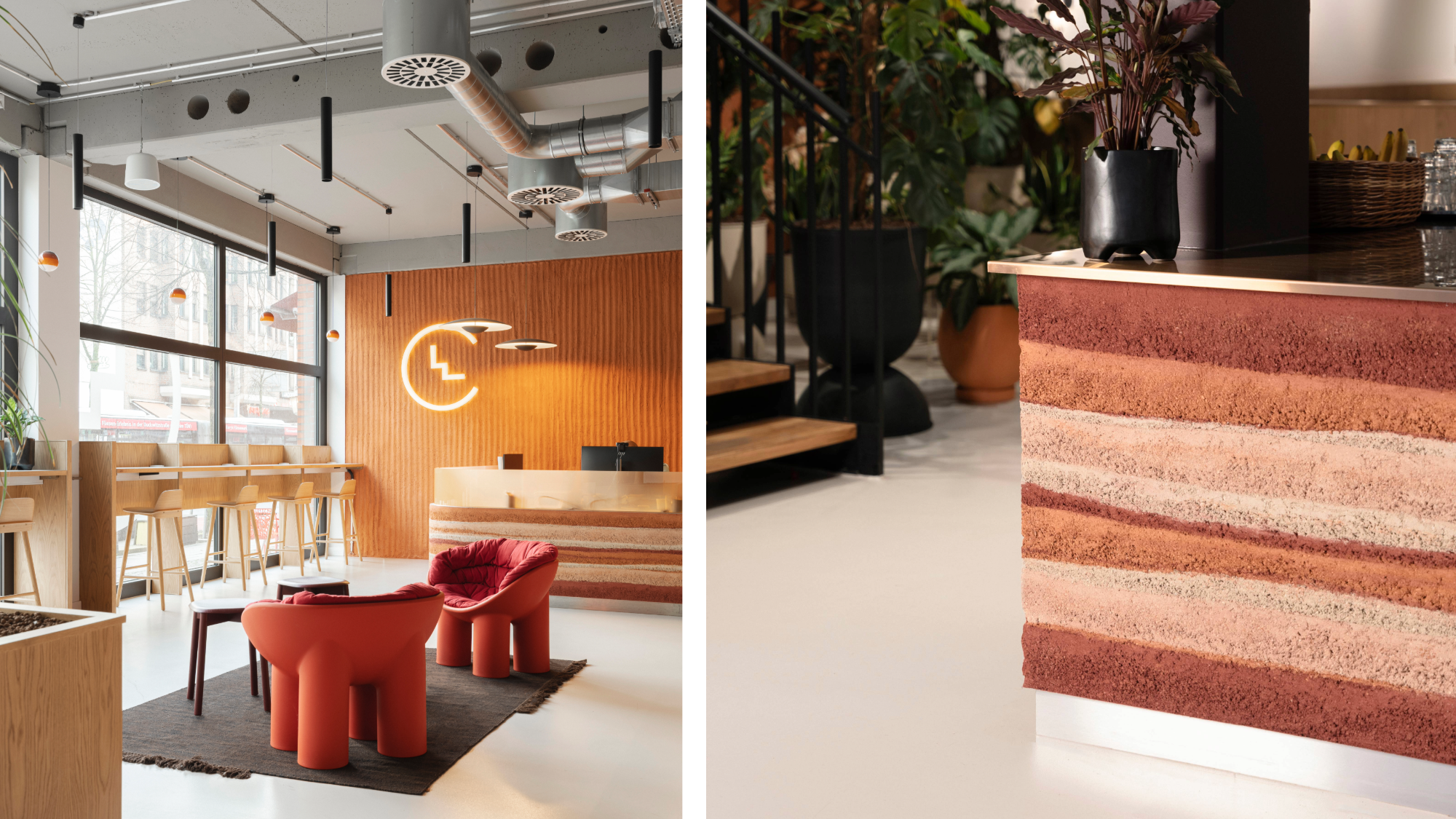 Step inside Clockwise Bremen, a new co-working space in Germany that ripples with geological nods
Step inside Clockwise Bremen, a new co-working space in Germany that ripples with geological nodsClockwise Bremen, a new co-working space by London studio SODA in north-west Germany, is inspired by the region’s sand dunes
By Léa Teuscher
-
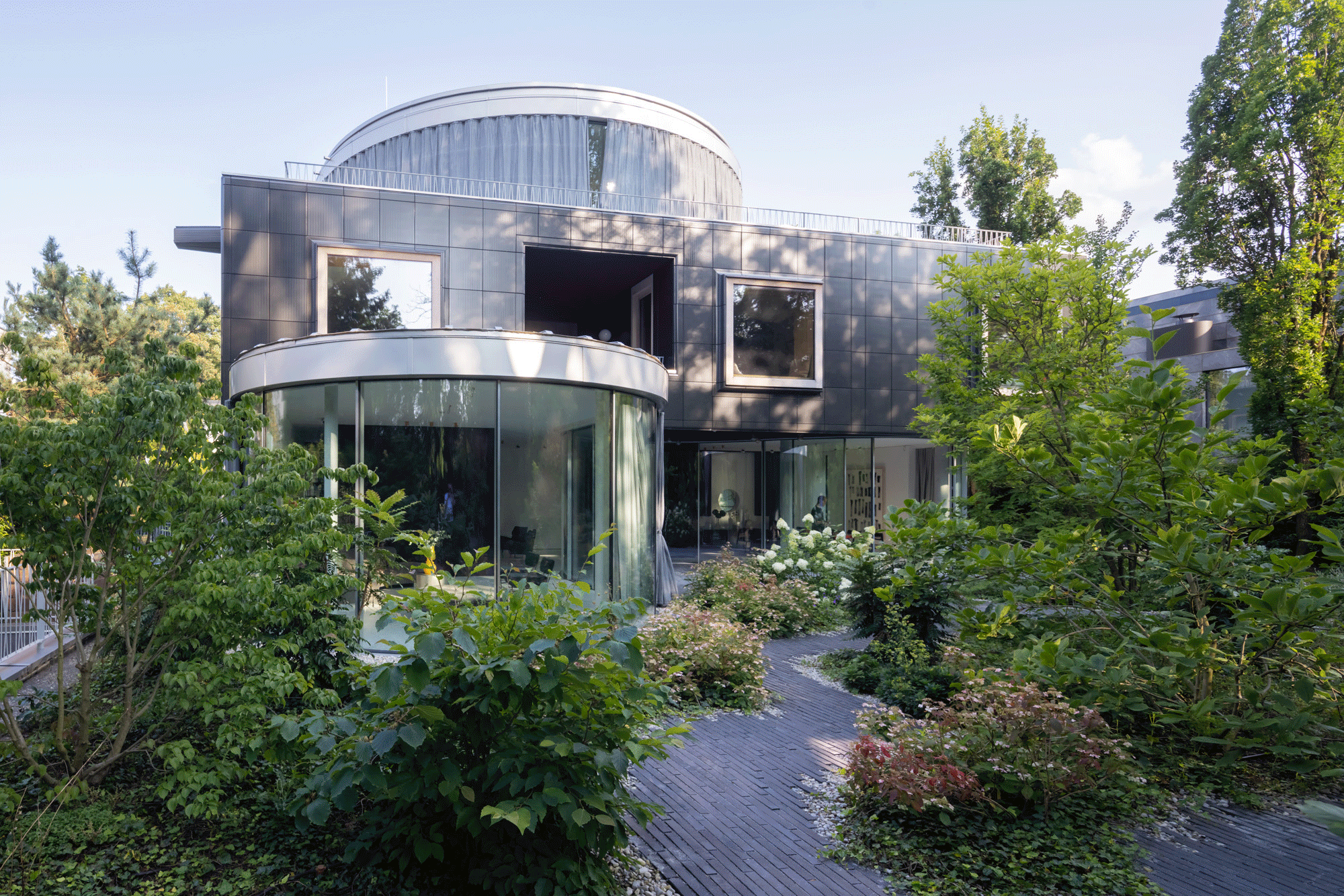 Join our world tour of contemporary homes across five continents
Join our world tour of contemporary homes across five continentsWe take a world tour of contemporary homes, exploring case studies of how we live; we make five stops across five continents
By Ellie Stathaki
-
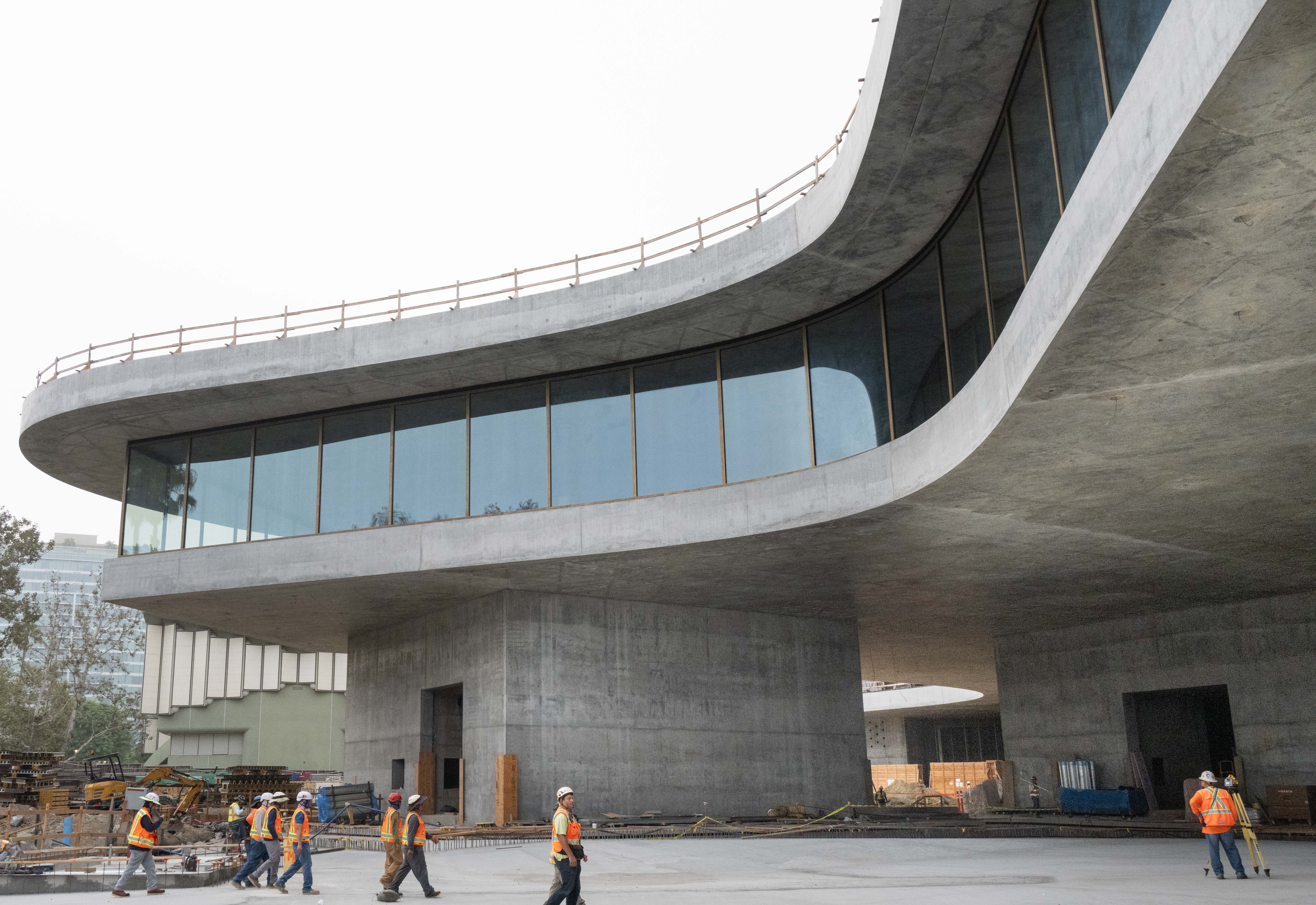 You’ll soon be able to get a sneak peek inside Peter Zumthor’s LACMA expansion
You’ll soon be able to get a sneak peek inside Peter Zumthor’s LACMA expansionBut you’ll still have to wait another year for the grand opening
By Anna Fixsen
-
 A weird and wonderful timber dwelling in Germany challenges the norm
A weird and wonderful timber dwelling in Germany challenges the normHaus Anton II by Manfred Lux and Antxon Cánovas is a radical timber dwelling in Germany, putting wood architecture and DIY construction at its heart
By Ellie Stathaki
-
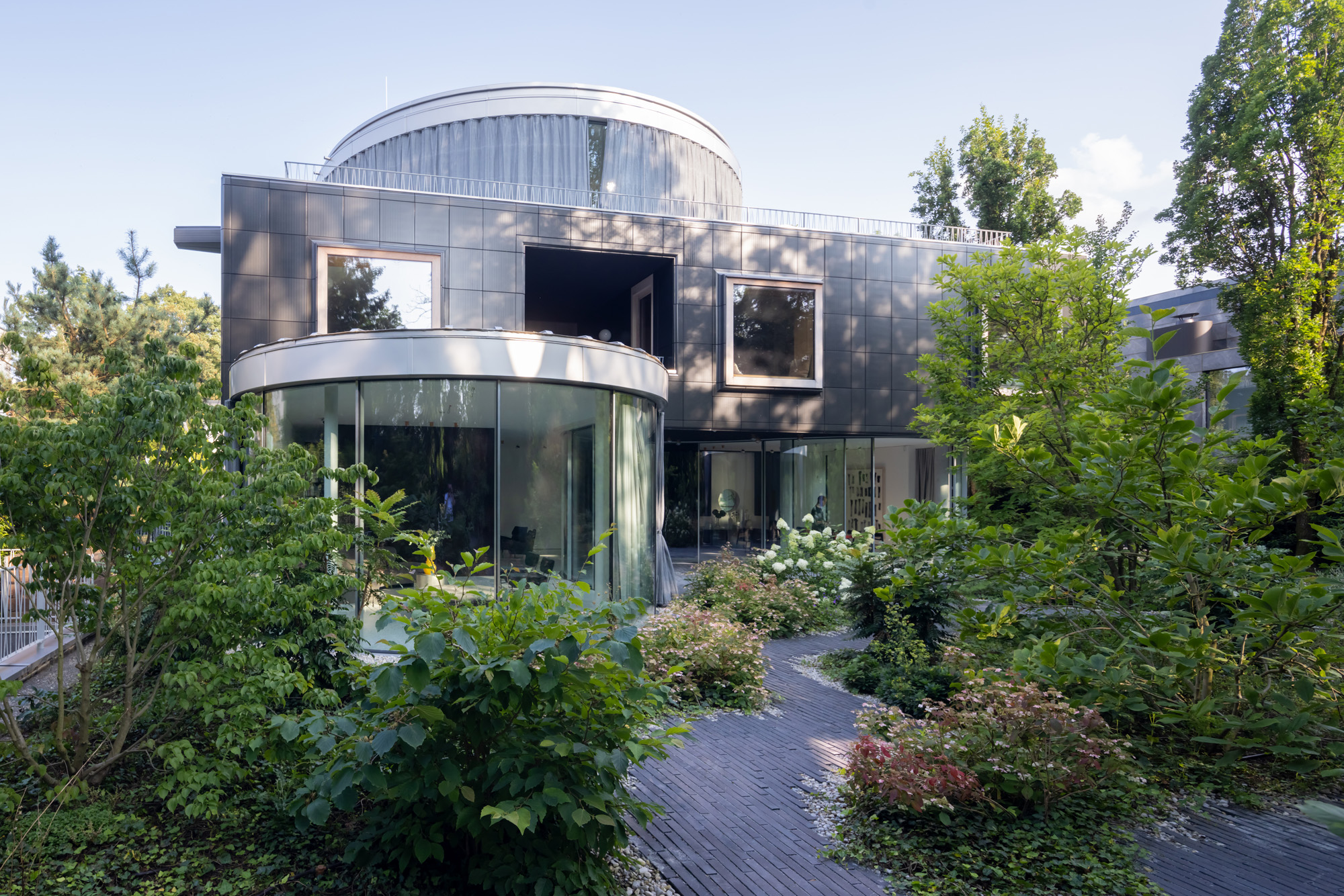 A Munich villa blurs the lines between architecture, art and nature
A Munich villa blurs the lines between architecture, art and natureManuel Herz’s boundary-dissolving Munich villa blurs the lines between architecture, art and nature while challenging its very typology
By Beth Broome
-
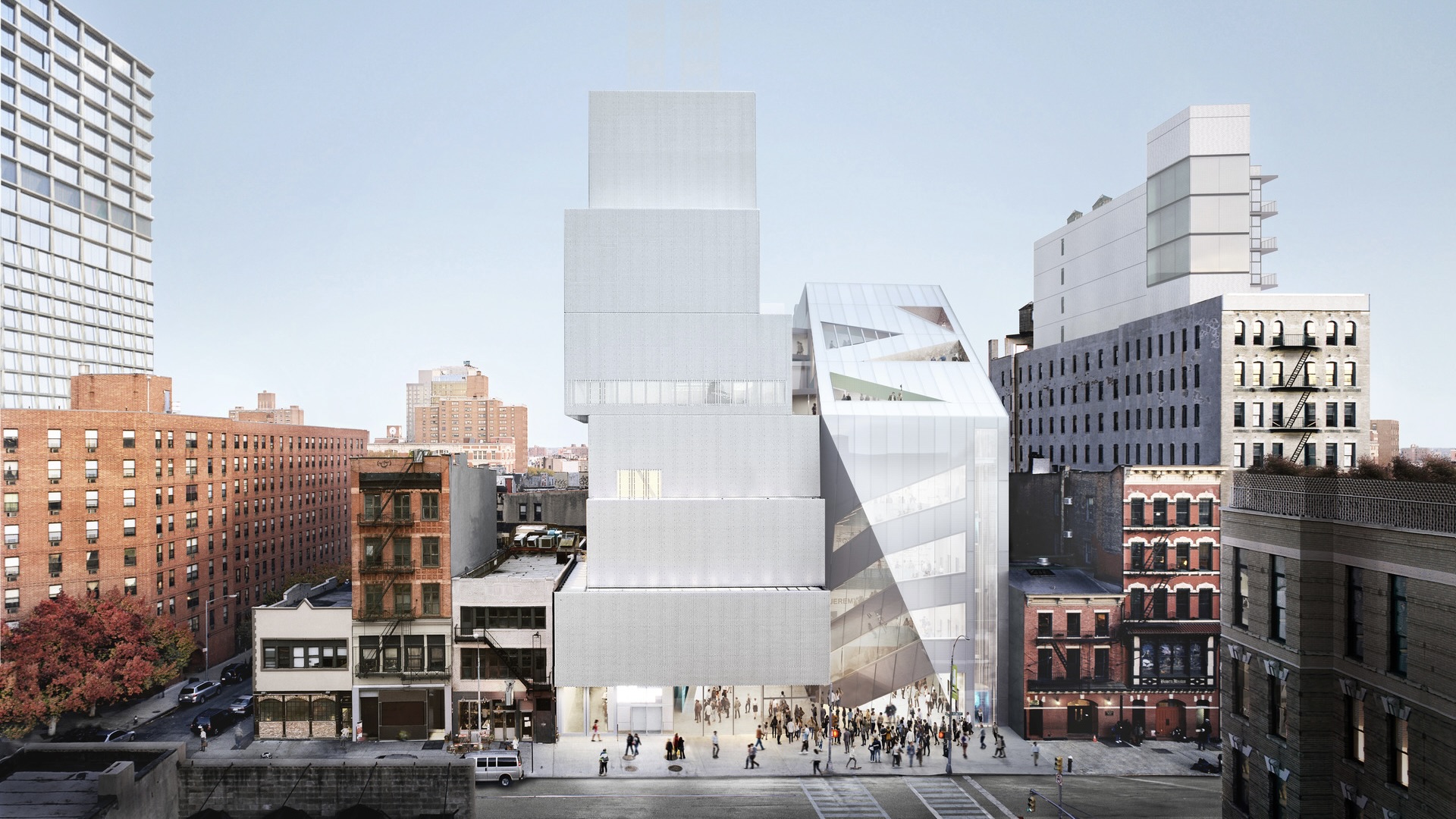 NYC's The New Museum announces an OMA-designed extension
NYC's The New Museum announces an OMA-designed extensionOMA partners including Rem Koolhas and Shohei Shigematsu are designing a new building for Manhattan's only dedicated contemporary art museum
By Anna Solomon
-
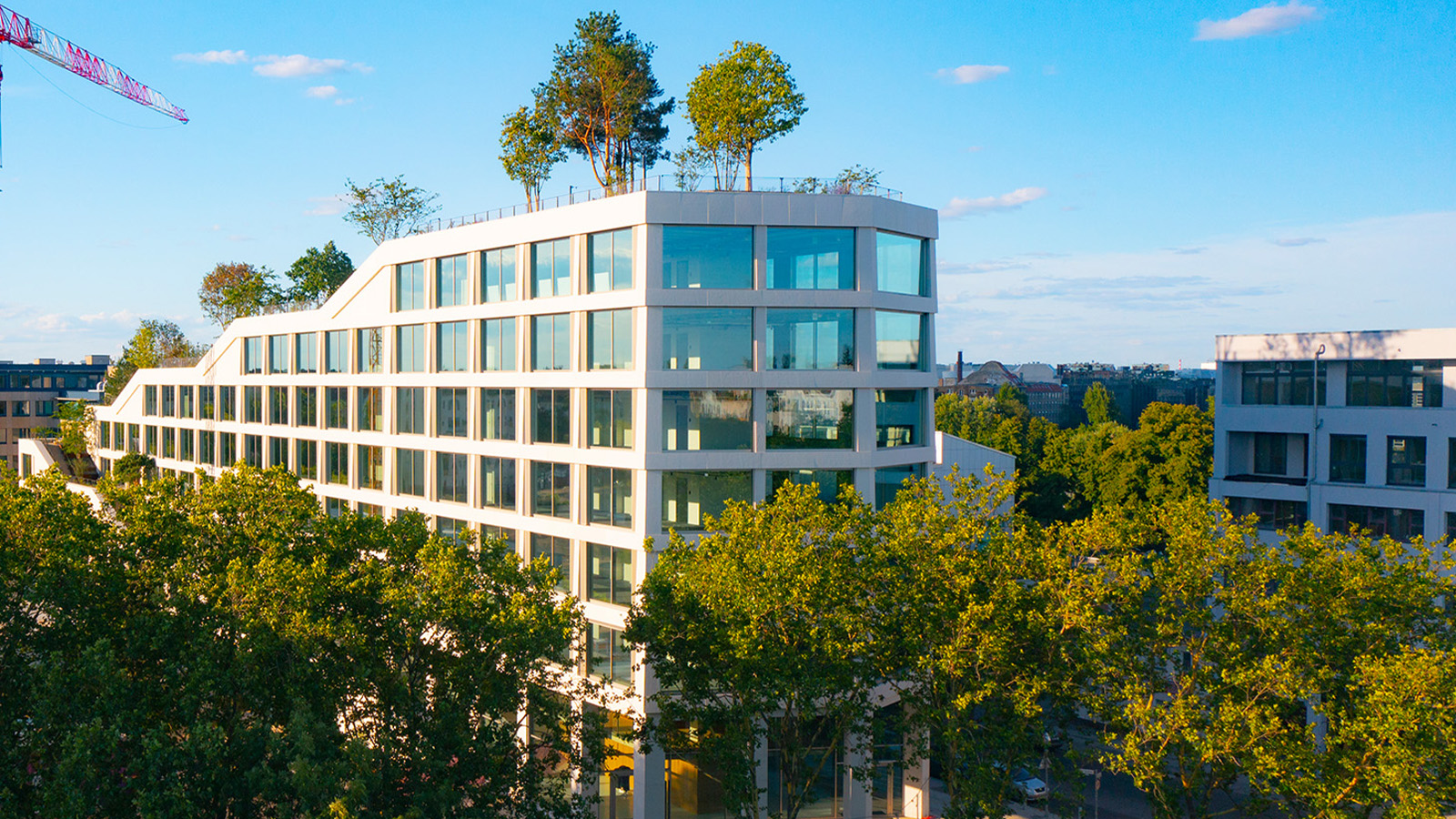 A Berlin park atop an office building offers a new model of urban landscaping
A Berlin park atop an office building offers a new model of urban landscapingA Berlin park and office space by Grüntuch Ernst Architeken and landscape architects capattistaubach offer a symbiotic relationship between urban design and green living materials
By Michael Webb